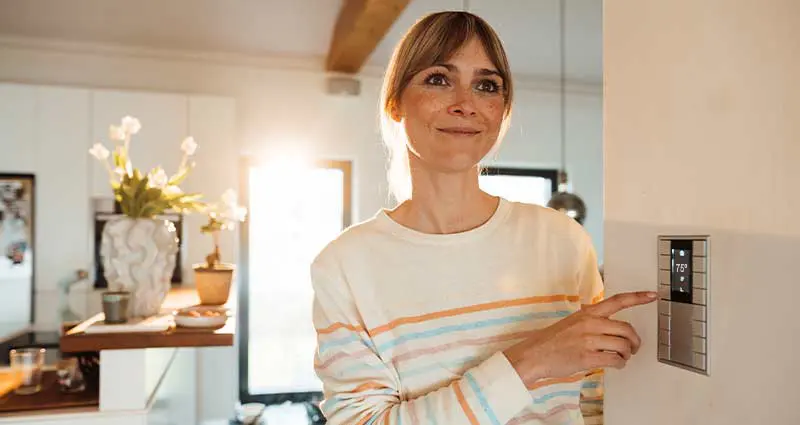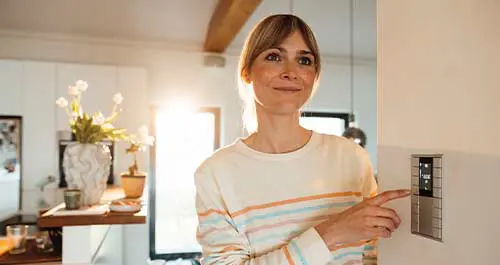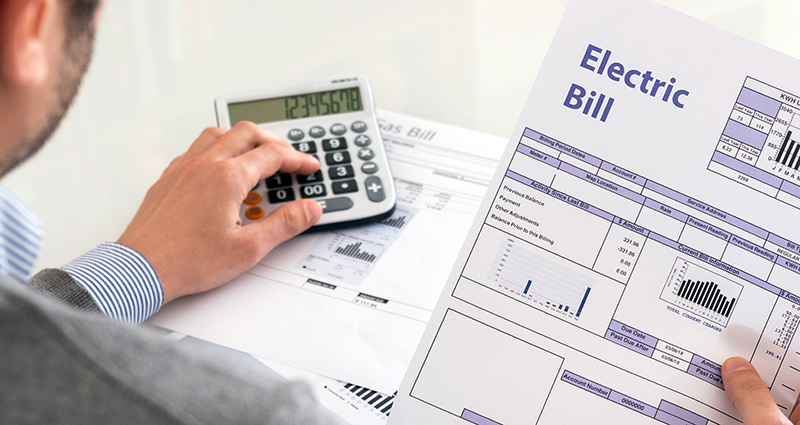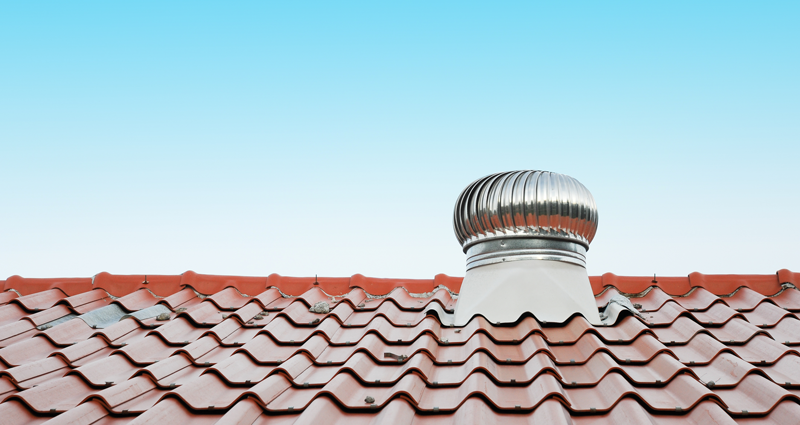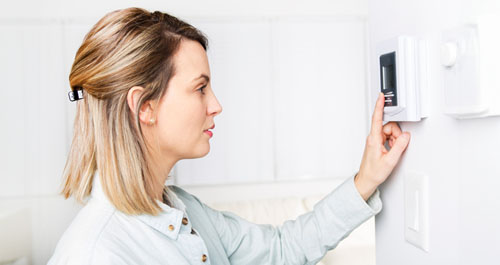How do central air and furnaces work together?
Central air conditioning and furnaces often share the same ductwork and blower system to provide year-round comfort. The furnace typically houses the blower fan, which circulates air for both heating and cooling. The evaporator coil for the AC is usually installed on or near the furnace cabinet, while the outdoor condenser unit handles heat rejection during cooling. A thermostat coordinates both systems to ensure seamless operation.
What is a furnace?
Most North American homes are kept warm with furnaces, of which there are 3 main types: natural gas, oil and electric. There are also non-furnace home heating solutions, such as heat pumps and steam heat boilers, which interact with HVAC systems in ways similar to furnaces. Some homes may also have zone heating systems like baseboard heaters, radiant floor heating or wood burning stoves.
How does your HVAC system operate in heating and cooling modes?
Your home’s HVAC system is designed to keep you comfortable year-round by switching between 2 main modes: cooling and heating. While these modes share some components, they work in very different ways:
- Cooling mode: When temperatures rise, your air conditioner uses refrigerant to absorb heat from indoor air. The evaporator coil inside your home pulls heat and humidity out, while the outdoor condenser releases that heat outside. A blower fan moves the cooled air through your ducts, cooling your home.
- Heating mode: When it’s cold, the furnace takes over. It burns fuel or uses electricity to generate heat, which the same blower fan then circulates through your home’s ductwork.
This seamless coordination between the 2 units means you can enjoy comfort in every season.
Can you replace or upgrade your furnace and AC independently?
This is a common question, and the answer is yes, you can replace or upgrade your furnace and air conditioner independently, but there are several important factors to consider before making that decision.
- Differing lifespans: AC units typically last 10-15 years, while furnaces can last 15-30 years. It's common for one to fail before the other, prompting the thought of replacing just the broken component.
- Efficiency impacts: Modern HVAC systems are engineered for optimal efficiency when their components are matched. Replacing only one unit can lead to a less efficient overall system.
- Compatibility: Newer HVAC technologies often include advanced features that may not be compatible with older equipment. Replacing both units at once ensures seamless integration and allows you to take full advantage of the latest advancements in comfort and energy savings.
Ultimately, the best approach depends on your specific circumstances, including the age and condition of your existing units, your budget and your long-term energy efficiency goals. Consulting with a qualified HVAC professional is highly recommended to assess your situation and determine the most cost-effective and efficient solution for your home.
Essential HVAC maintenance tips
Regular maintenance is key to keeping your system efficient and extending its lifespan.
- Change air filters regularly: Dirty filters hinder airflow, reduce efficiency and lower air quality
- Schedule professional tune-ups: Get annual inspections for your AC (spring) and furnace (fall) to help prevent major issues
- Keep outdoor units clear: Ensure the area around your outdoor AC unit is free of debris for proper airflow
- Recognize warning signs: Watch for unusual noises, odors, poor airflow or sudden energy bill spikes, as these signal a need for professional help
By understanding how your air conditioner and furnace work together and by practicing good maintenance, you can help ensure your home remains comfortable and your HVAC system operates effectively throughout the seasons. To further keep your home comfortable and energy-efficient, consider tracking your HVAC system's usage. Sign up for an electricity plan with Direct Energy and you'll get the tools you need to track your energy usage and stay energy efficient.













